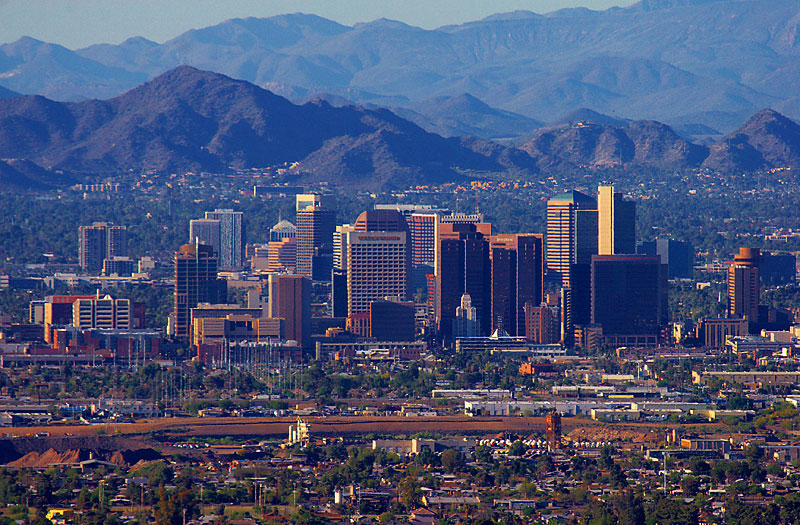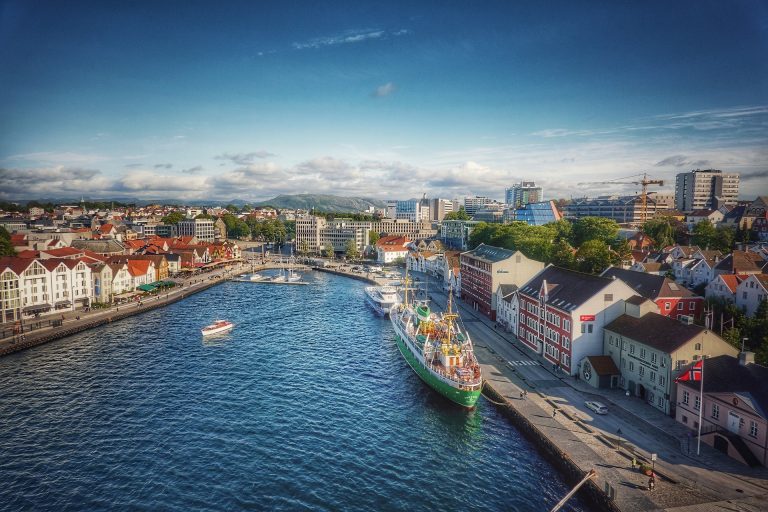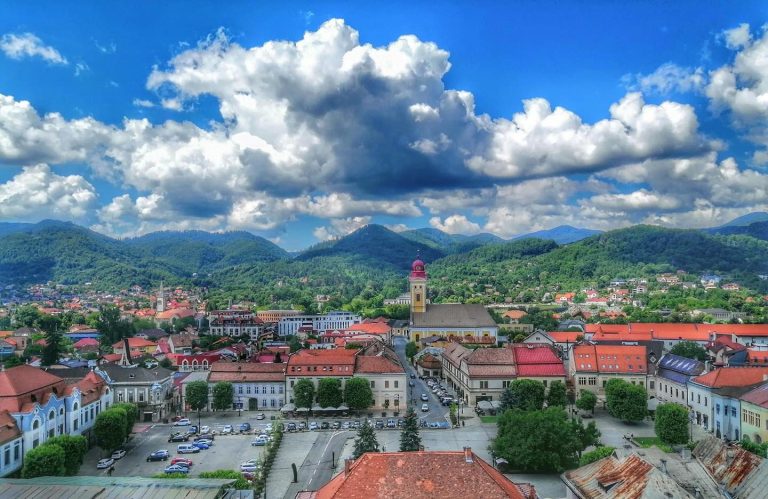Political and business leaders know that their defects and blunders will be excused if they turn in a respectable growth performance: quarterly or annual gains in corporate revenue or GDP are really all that matters. But how did these raw metrics come to surpass all other indicators of well-being?
To be able to answer that question, we must first understand the fundamentals of this ‘growth dogma’. To that purpose, we will analyze how the city of Phoenix, Arizona has developed over the last 60 years.
Cracking the unsustainable growth dogma
Harvey Molotch’s classic 1976 study of the “urban growth machine” explained how easily city institutions can come to support the consensus that growth is good. Because growth appears to “benefit everyone,” it is cheered by boosters and enabled by politicians and planners. But honest fiscal analyses show that most forms of urban growth are not beneficial. And the costs of the corresponding increase in environmental degradation, if properly accounted for, would surely break every municipal budget. One paradoxical result of this mismatch is that urban managers often encourage faster growth simply to stay ahead of the cost curve. Growth A does not pay for itself, so it begets Growth B to cover the costs of A, and so on. But no city in the postwar era has accepted growth as its very reason for being with such equanimity as the spreading metropolis of Phoenix.
A study conducted in 1998 by a think tank at the Arizona State University unveiled the severity of the situation and issued some recommendations. These recommendations were ignored under the sway of the homebuilders’ lobby until the year 2000 when Proposition 202, which was the nation’s first-ever proposal to impose strict growth controls over an entire state, was placed on a voting ballot in Arizona.
Grady Gammage, Jr. was among the prominent figures who opposed Proposition 202, arguing that “what others see as sprawl we see as our heritage” and has insisted that Phoenicians fully embrace this legacy: “mass-produced suburban ranch homes are to Phoenix what Victorians are to San Francisco, brownstones to Philadelphia or bungalows to Los Angeles — a signature of the lifestyle heritage upon which a city is built.” Gammage and other growth lobbyists managed to convince around 70% of the voters, and the proposition failed.


The abrupt collapse of the region’s economy after 2007 underscored the degree to which Phoenix’s buoyancy relied on population growth. By the end of 2009, the rate of job loss in Arizona outran all other states, and unemployment exceeded 10%. A series of reforms, based on federal support, brought the city back on its feet. But Phoenix had long ago surpassed its ecological limits.
Those who view the region through a local lens have been inclined to conclude that the growth machine has not yet reached its economic limits — surely there is time for one last housing boom! — but the severity of the crash has bolstered the belief that the moment of reckoning is fast approaching.
The “heretics” of the growth dogma
Those wondering how to crack the seemingly unassailable growth dogma have had to look beyond the ranks of the economists who cultivate and polish indicators like the GDP or the Consumer Price Index. Cities, in which a new generation of urban managers is now riding the sustainability bandwagon, have been the obvious place to turn. Their predecessors had contracted a bad case of the postwar growth bug, and it would take powerful medicine to flush the effects out of the system.
So entrenched is this orthodoxy that Dennis Meadows (one of the authors of Limits to Growth) said that breaking with the growth gospel has been equivalent to overturning a deeply rooted belief system: “Think of the Catholic Church condemning Galileo to life imprisonment for his suggestion that the universe does not revolve around the earth.”
Source: Andrew Ross, Bird on Fire: Lessons from the World’s Least Sustainable City
Photos: Chad White, On Phoenix from Above; tourist-destinations







